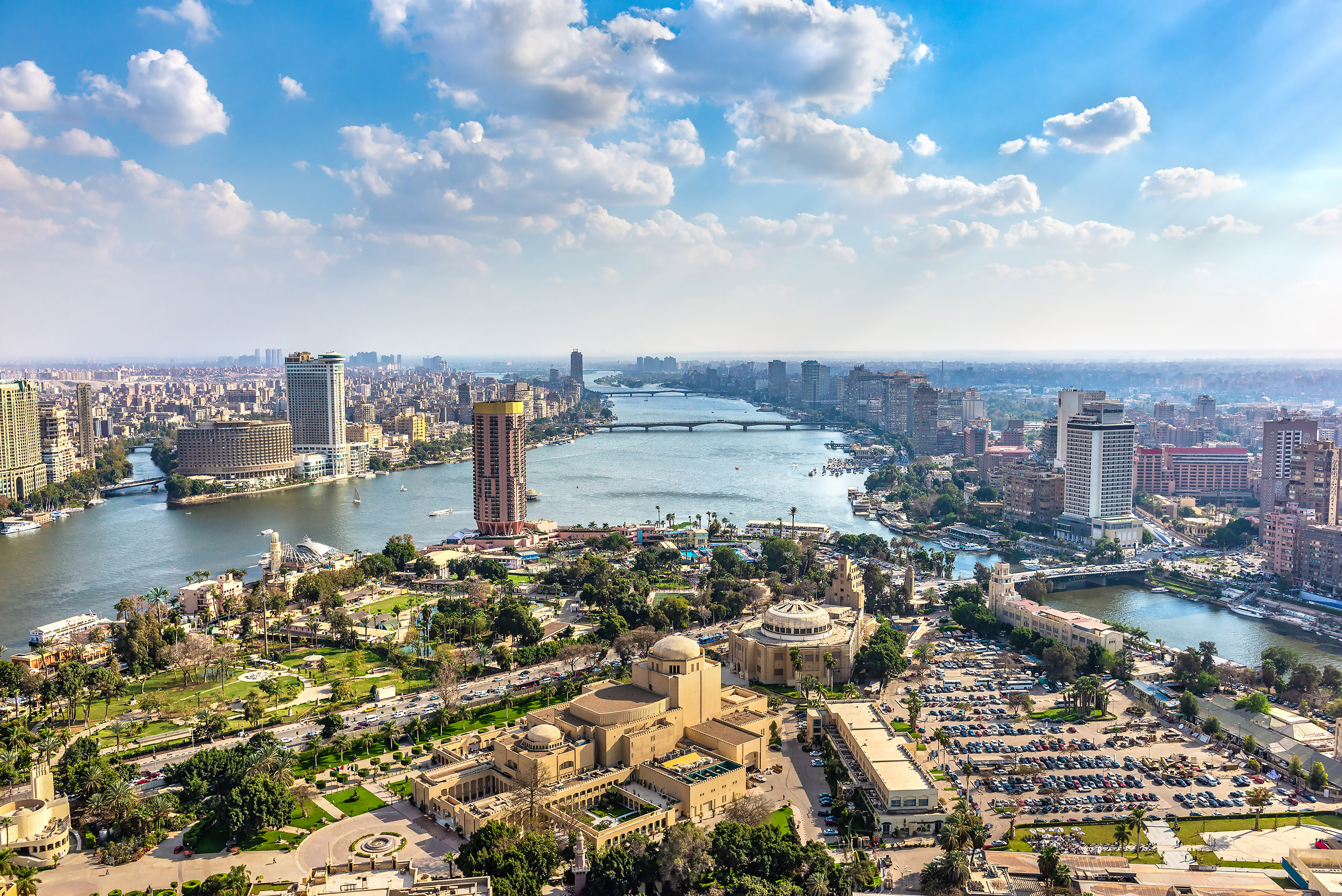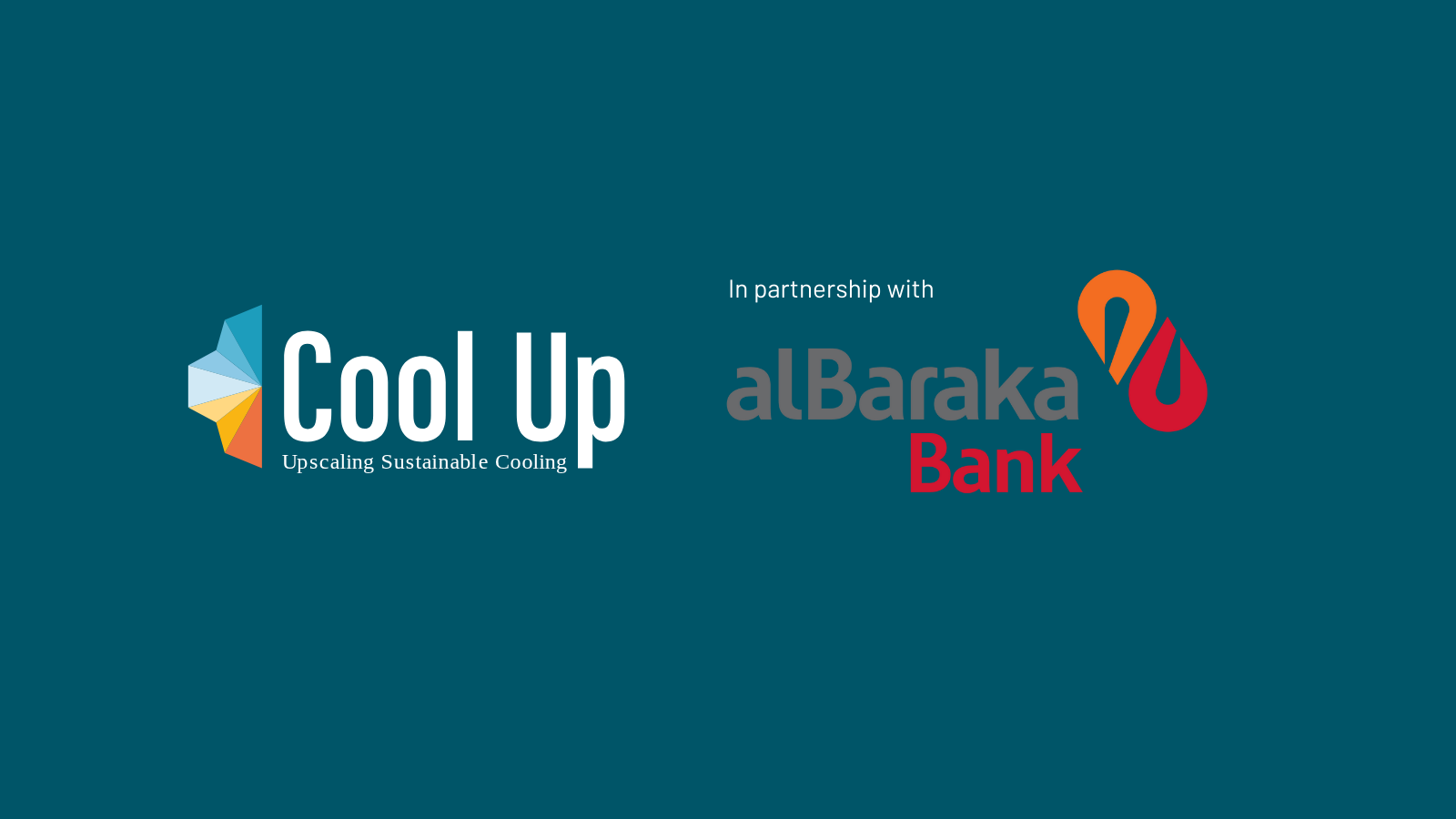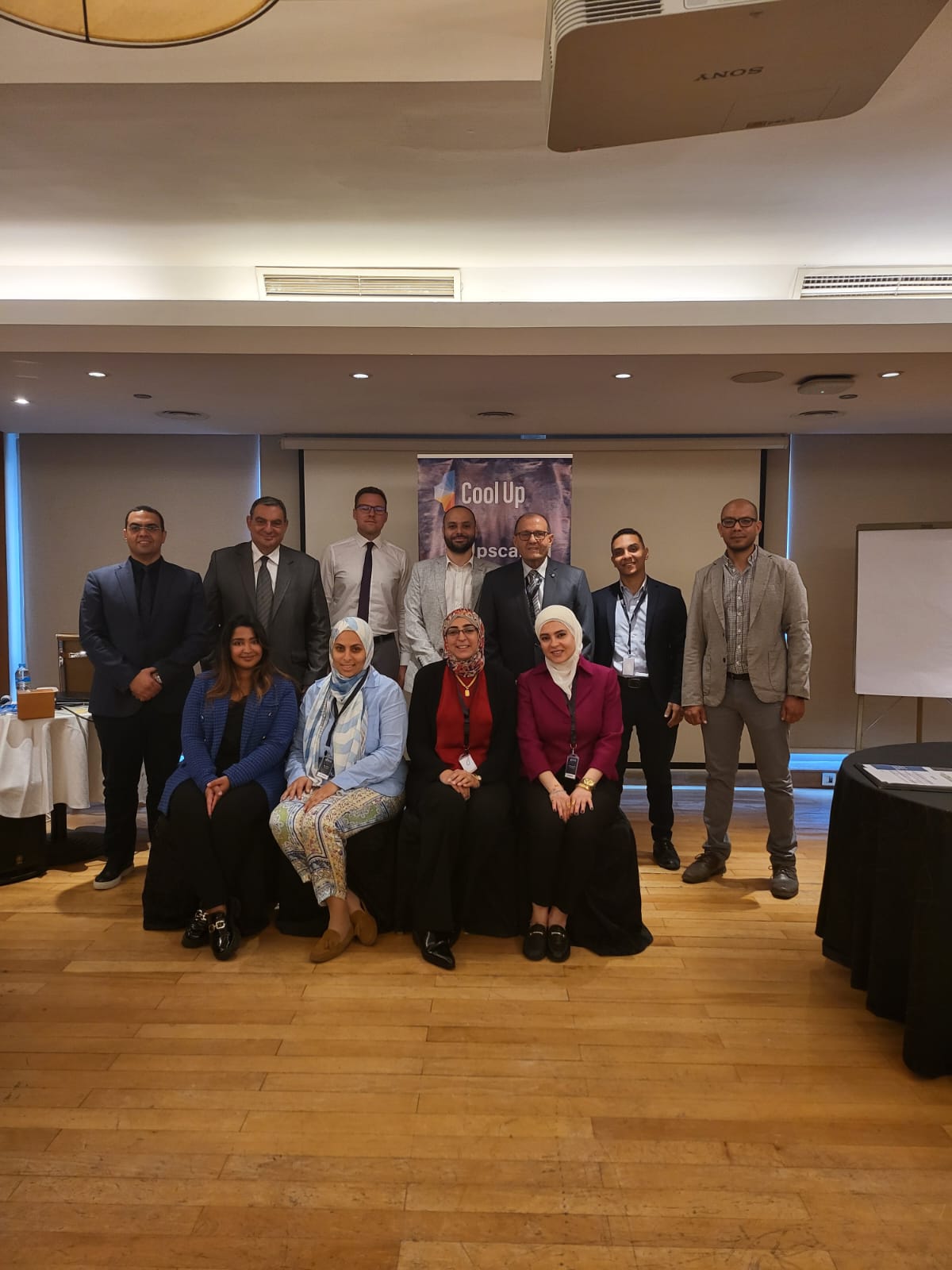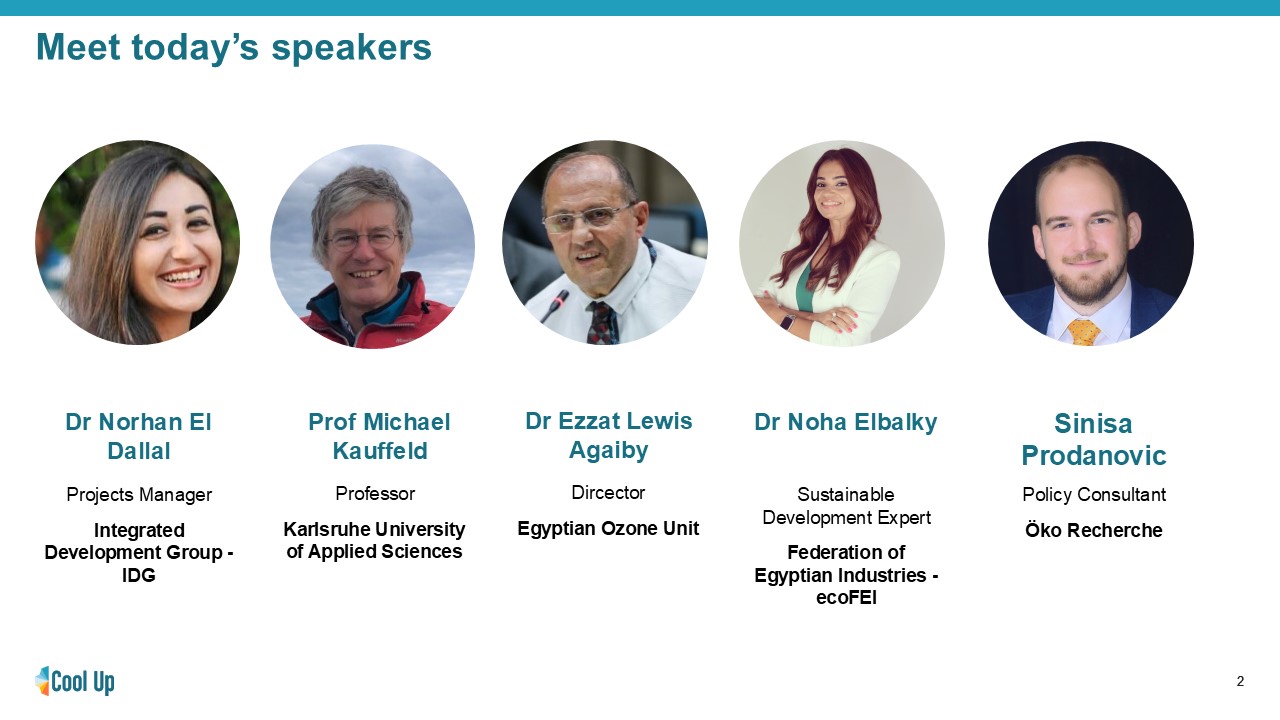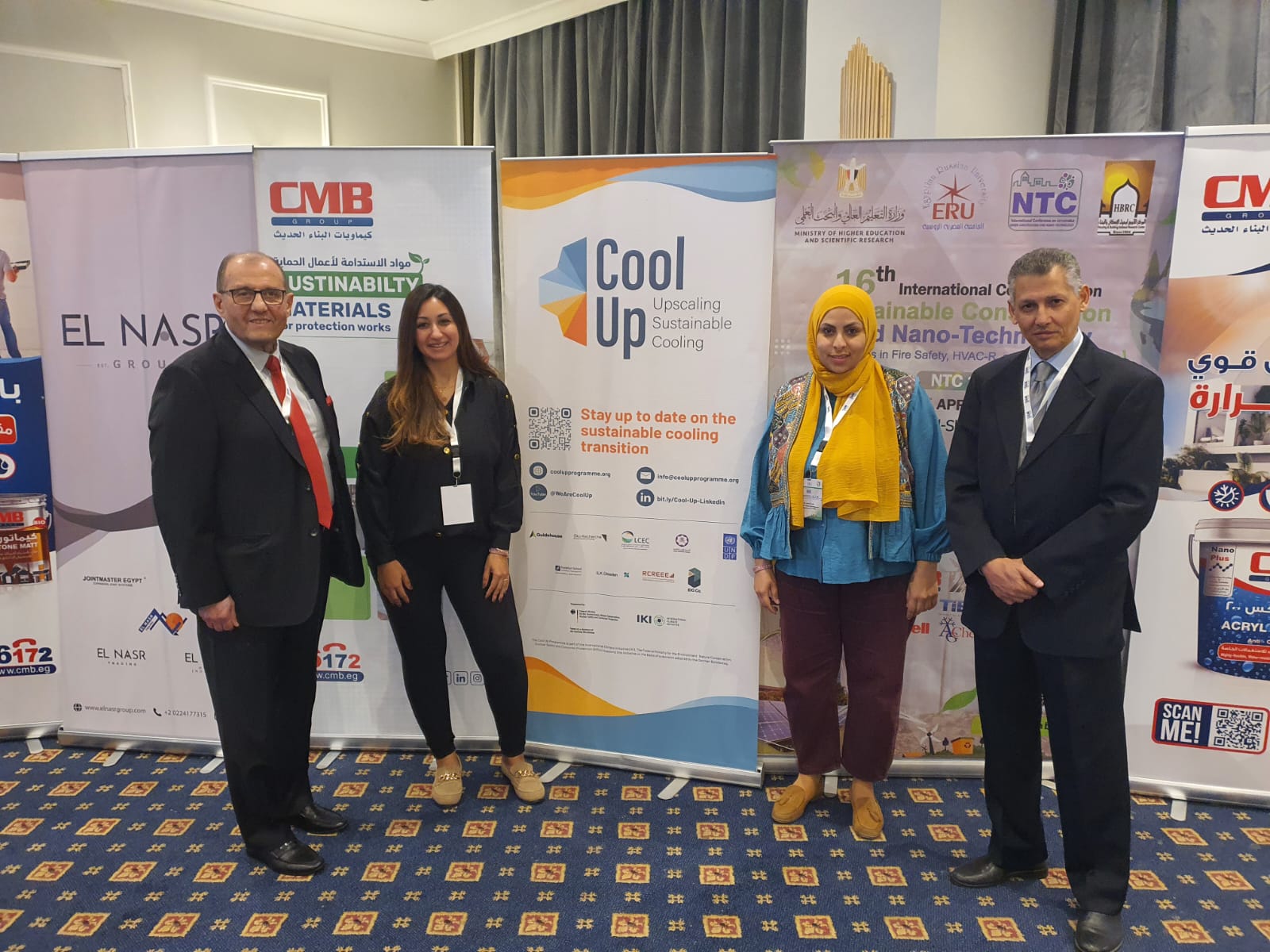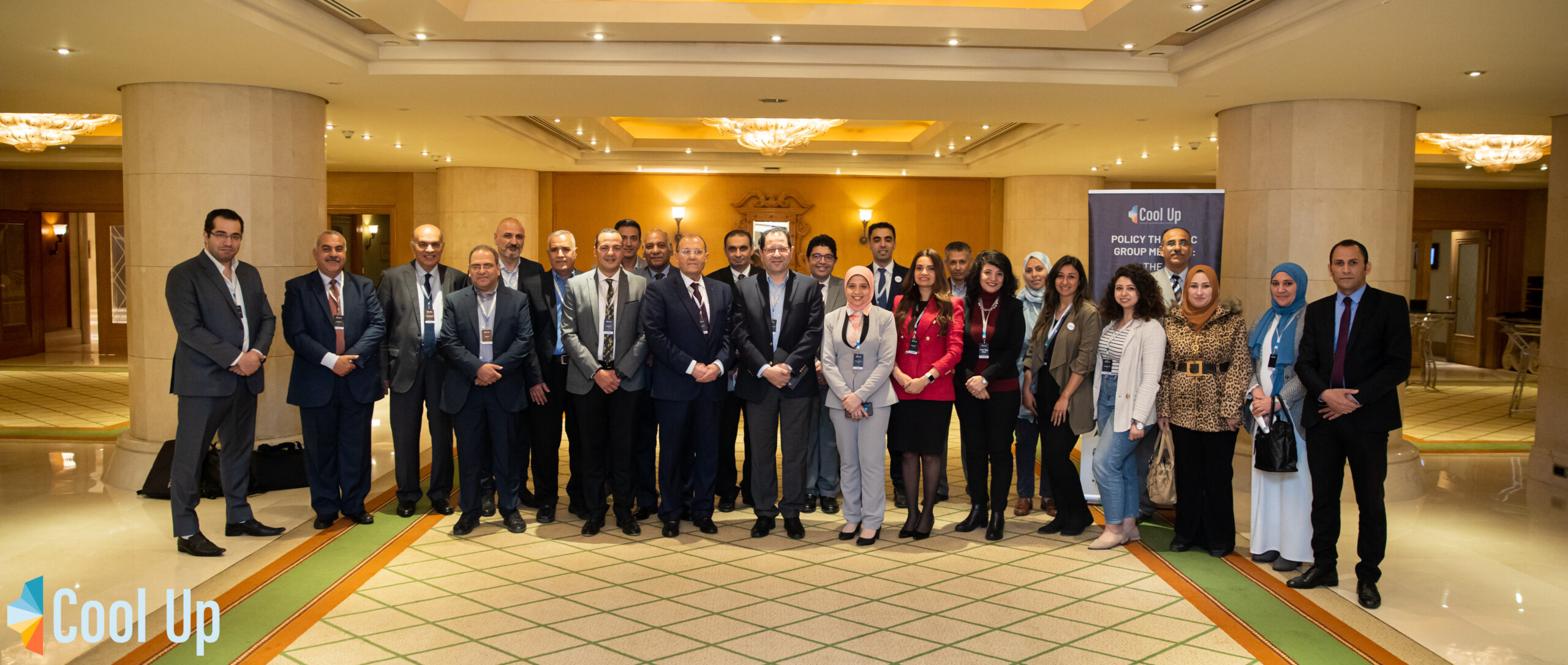Action hubs
Egypt
Egypt has shown sustained commitment to the Montreal Protocol by reducing the consumption of ozone-depleting substances through different policies and strategies. Now that Egypt has ratified the Kigali Amendment, Cool Up is continuing to work with the Egyptian Ministry for the Environment as a political partner to create catalytic change in the refrigeration and air conditioning sector and ultimately upscale the deployment of sustainable cooling technologies in the Egyptian market.
Understanding Egypt
Egypt’s climate is dry, hot, and predominantly desert. Average annual temperatures have increased by 0.53°C in each of the last three decades. In Egypt the number of cooling degree days is more than six times higher than the heating degree days, with more than 1800 cooling degree days annually. Cooling degree days in Egypt rarely stray below 30 and can rise as high as 460 (more on cooling degree days here). Egypt’s energy consumption continues to increase across all sectors, reaching 13.9 Mtoe in 2018. The electricity sector is no exception, as Egypt has one of the highest rates of growth of electricity consumption worldwide at an annual rate of approximately 6.2%, and cooling constitutes a substantial portion of that consumption. Egypt is working to address growing cooling demands through its Nationally Determined Contribution (NDC), which emphasises energy efficiency improvements as a key mitigation measure for the industry sector but does not specifically mention cooling.
annual increase in electricity consumption over the past 20 years
of electricity consumed by the residential sector, the highest consuming sector
Egypt’s Montreal Protocol & Kigali Amendment commitments
Egypt is addressing direct emissions from refrigerants with high ozone depleting and global warming potential through its commitment to the Montreal Protocol by implementing several relevant programmes, laws and other policy instruments governing the refrigeration and air conditioning sector. One such policy is Stage II of the HCFC Phase‐out Management Plan (2017-2025), which is being carried out to reduce HCFC consumption by 67.5% compared to the baseline. Now, Egypt is working to ratify the Kigali Amendment and focus on phasing down HFCs.
"The Cool Up programme can create initial demand for measures to support the initiation of market and industry transformation to green cooling technologies."
Egypt has progressed in implementing commitments relevant to the Montreal Protocol through several programmes and policy instruments. Egypt has committed to reducing consumption of ozone-depleting substances (ODS) through the Environmental Strategic Vision 2030. The vision targets the phase-out of ozone-depleting gases by 2030 and implements a Refrigeration Management Plan for the refrigerant and solvent sectors. Egypt has successfully implemented ongoing projects to phase out HCFC and ODS. Egypt also has minimum energy performance standards and labels for most refrigeration and air conditioning appliances. The National Ozone Unit and the Egyptian Organization for Standardization and Quality are collaborating to develop and update 19 new standards for the safety of freons/refrigerants. Though there have been various developments in Egypt, the technical building regulations, equipment codes, or standards do not address the application of different refrigerants.
Egypt’s cooling equipment manufacturing sector relies on imported refrigerants and local manufacturers. International manufacturers produce efficient compressors for heating, ventilation, air conditioning and refrigeration (HVACR) systems for import while local manufacturers meet the demand for less efficient compressors for refrigerator and local HVAC units. Refrigeration technologies, refrigerators, deep freezers, cold rooms, water dispensers are mature and dominate local industry, but there is an opportunity to expand knowledge on energy efficiency and natural refrigerants.
By building on its cooling manufacturing sector, Egypt has the potential to become a sustainable finance hub. Egypt’s financial sector is very active and is adopting and promoting global standards in sustainable financing. They have also established several channels to fund investments and create credit for different clean energy, energy efficiency, and pollution abatement initiatives. There is an appetite in Egypt for financing energy efficiency measures in the industrial sector. The availability of sustainable cooling technologies and financial tools are the main gaps in the finance sector that Cool Up is working to address.

